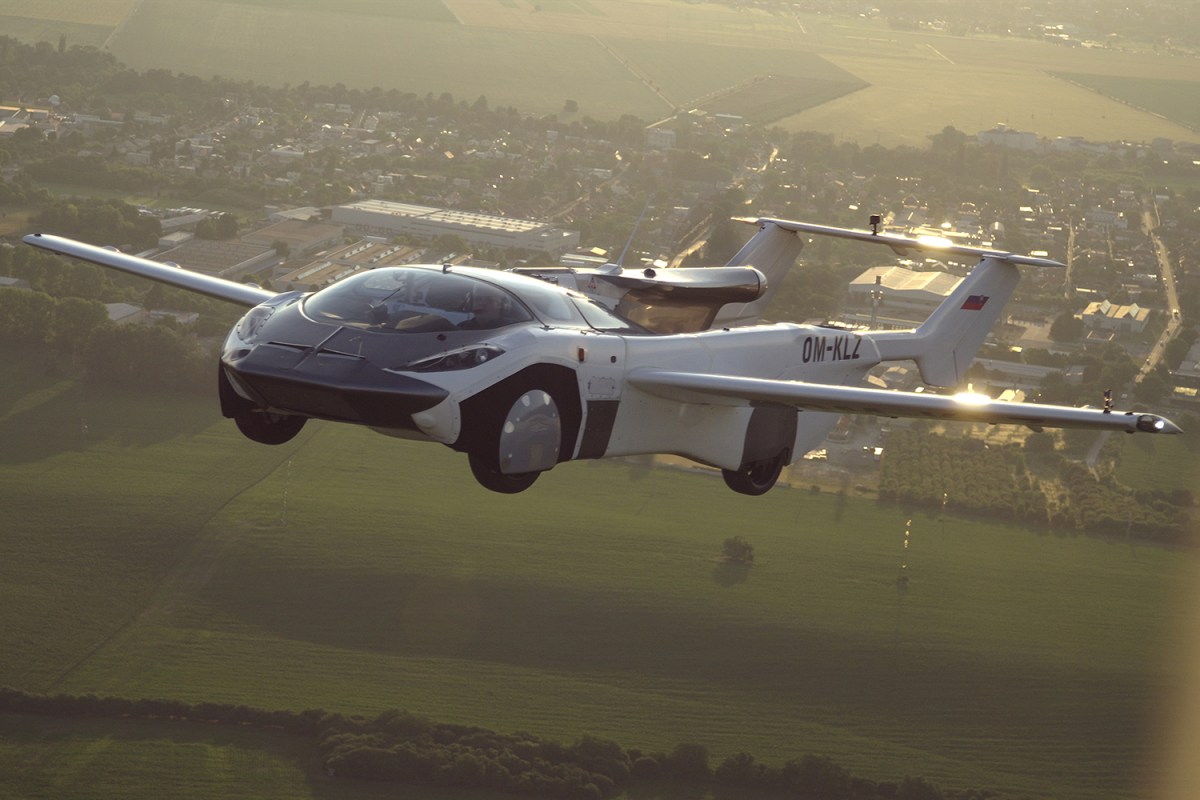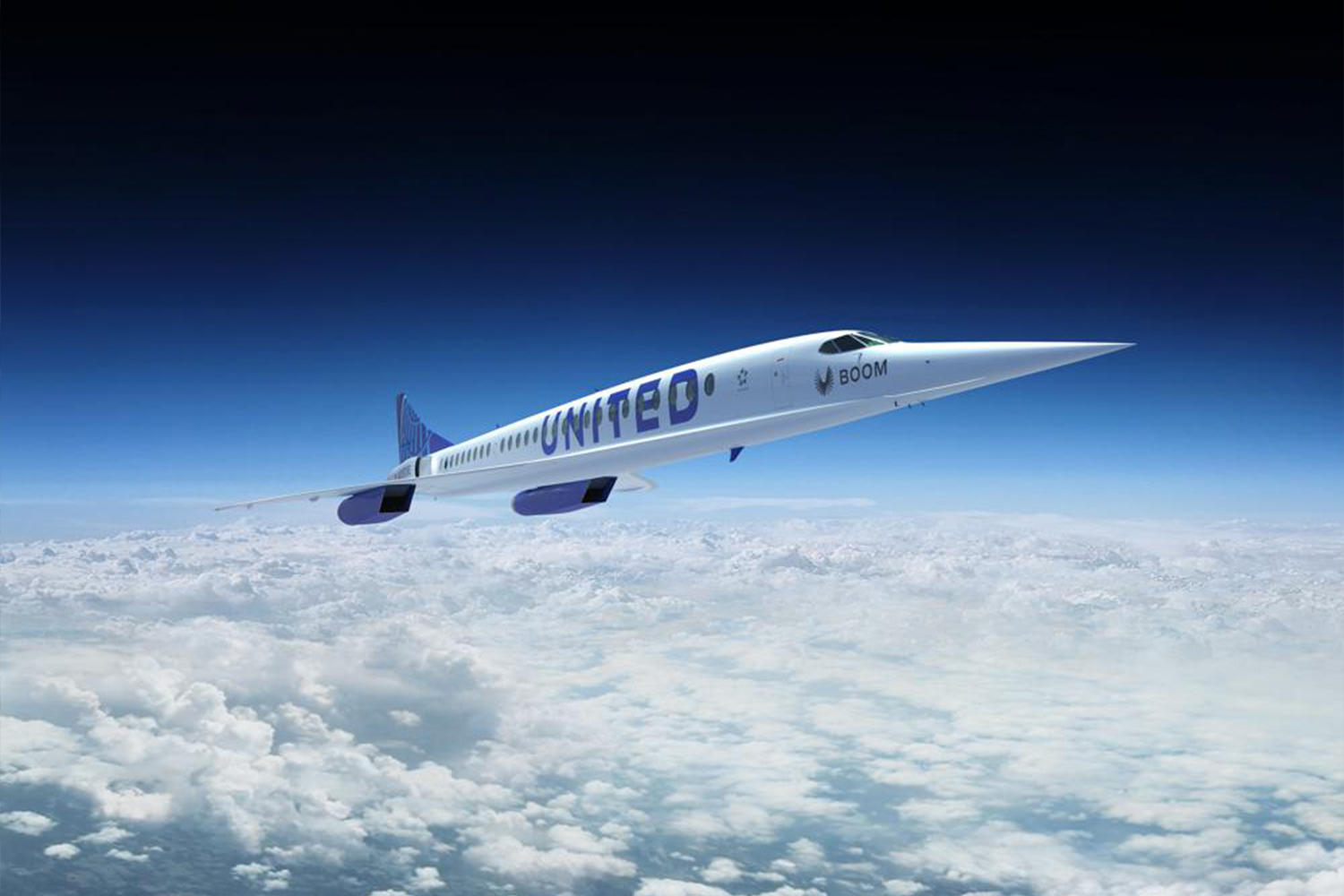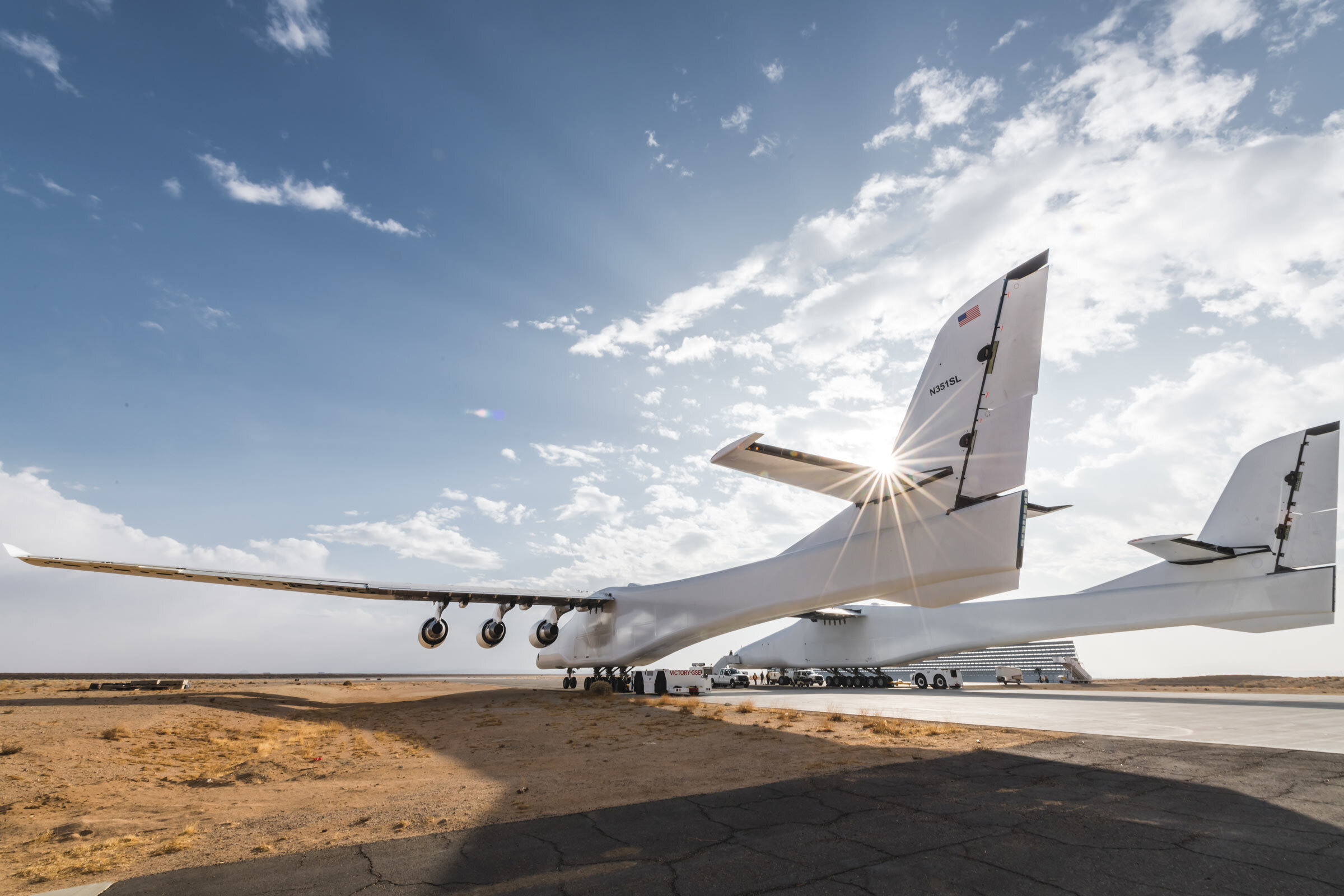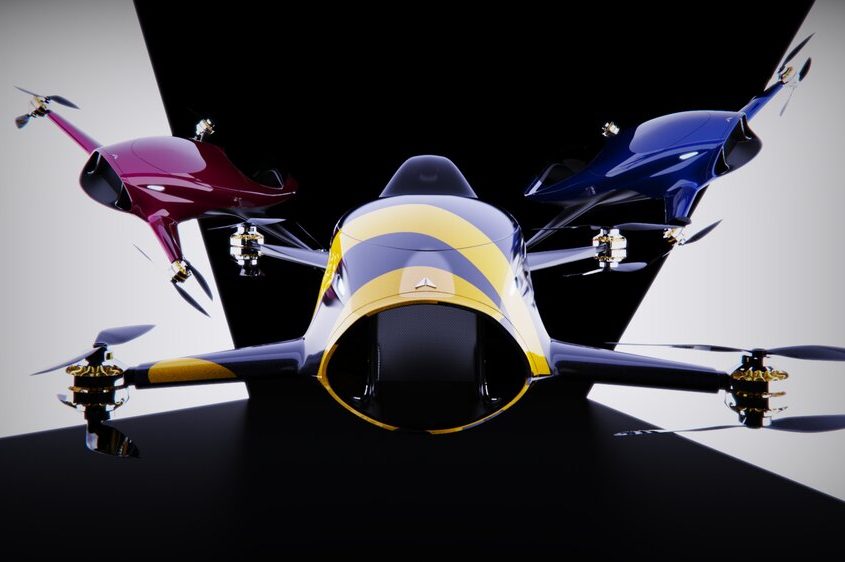We admit to being complicit in the mass delusion that is the flying car. Over the years, we’ve written about countless companies that have been “close” to releasing flying-car technology to the masses. But where is our 21st century Chitty Chitty Bang Bang? By most accounts, we will not see airborne automobiles for quite some time — if ever.
Then, on June 28, our hope was restored. One of the most compelling flying cars we’ve ever seen successfully completed a 35-minute flight between two cities, then, less than three minutes after landing, drove straight downtown. The vehicle in question is called the AirCar, and what makes it even more remarkable is that it has been developed not by American heavyweights like Uber or Google founders, but by Klein Vision, a Slovakian company we’ve never heard of before.
A prototype of the AirCar, which looks like the offspring of a Lotus sports car and a twin-boom plane, flew from an airport in Nitra, Slovakia to one in the capital of Brastislava on Monday. Klein Vision said in a press release it is the 142nd successful landing for their design. To truly put their money where their mouth is, Stefan Klein — the AirCar inventor, and the company’s CEO and CTO — flew (and drove!) the vehicle himself.
“This flight starts a new era of dual transportation vehicles,” Klein said. “It opens a new category of transportation and returns the freedom originally attributed to cars back to the individual.”
As CNN Business noted, Uber and Hyundai are currently working on electric flying taxis, and Porsche, Daimler and Toyota are all backing startups developing electric vertical takeoff and landing vehicles. But what makes the AirCar so spectacular is that, unlike those aforementioned vehicle types, it actually looks like a regular car. And as video of the test shows, it can actually maneuver on public roads without special assistance after the wings are automatically folded in.
According to the company, the prototype is powered by a BMW engine with 160 horsepower and features a fixed propeller (which you’ll notice is mounted behind the cockpit), but a second prototype that is intended as the pre-production model will feature a more powerful 300 horsepower engine and a variable pitch propeller.
Now the question is, which Uber or Google execs are going to bring the AirCar to the U.S.?
Thanks for reading InsideHook. Sign up for our daily newsletter and be in the know.

















